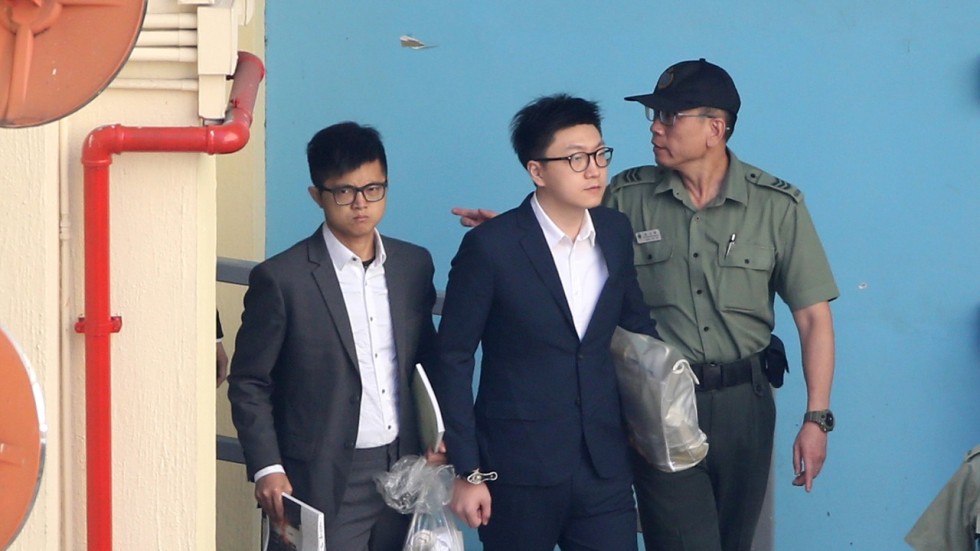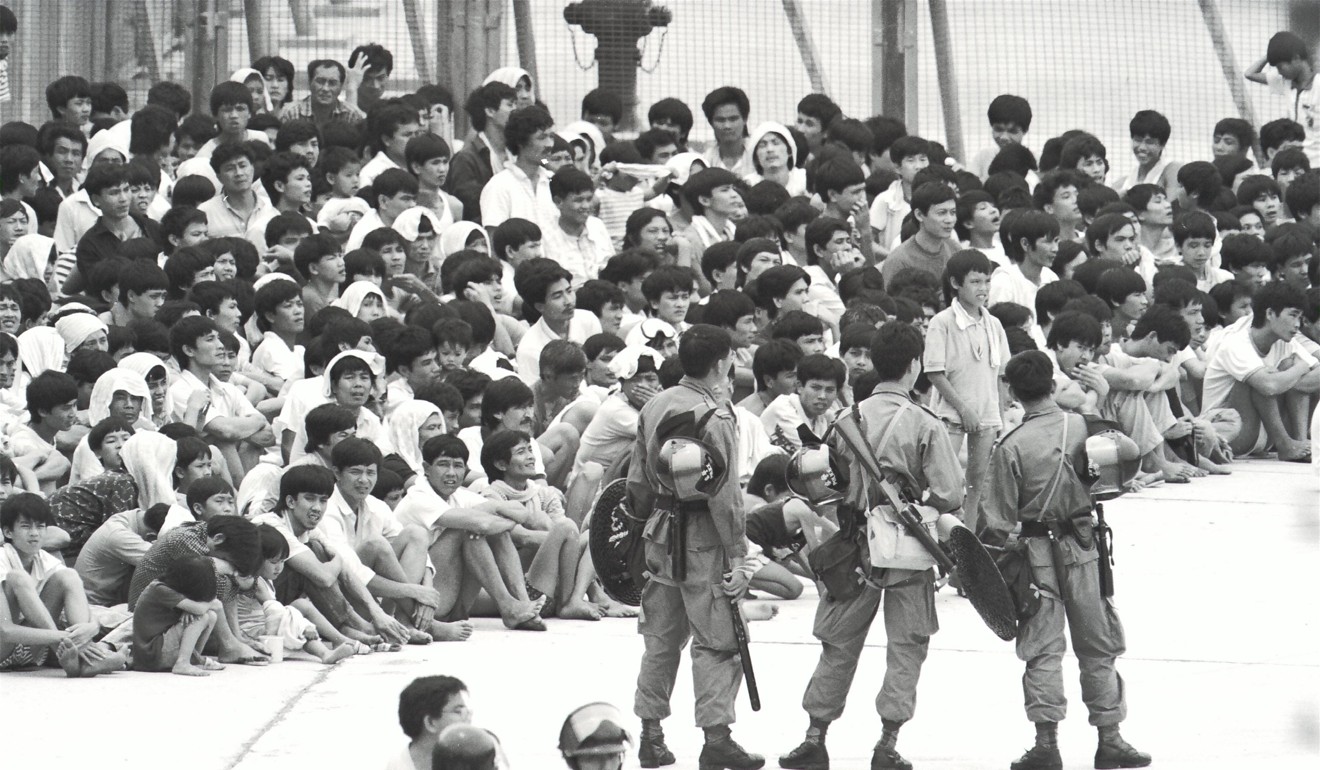
Hong Kong’s High Court on Monday handed down two of the most severe jail terms to date for those involved in the Mong Kok riot, including sentencing the face of the protest and former Hong Kong Indigenous spokesman Edward Leung Tin-kei to six years.
Leung’s co-defendant, Lo Kin-man, 31, was jailed for seven years, making him the most severely punished offender since the offence of rioting was introduced in the Public Order Ordinance in 1970.
Since the violent protests on the first day of the Lunar New Year in 2016, 91 people have been arrested and a tally by the Post shows 24 have been convicted or pleaded guilty to charges including rioting or assaulting.
Why was the offence of rioting introduced in the first place?
In the latter stages of the eight-month long riots in 1967, where bloody clashes and bombings in busy streets killed at least 51 and injured more than 800, the British colonial government sought to revise the Public Order Ordinance in relation to public assemblies and introduce the offence of rioting.

During a speech to introduce the bill, former attorney general Denys Roberts conceded it was borrowed from an ancient offence in past British cases: “The common law on the subject of unlawful assembly and riot has developed little in the past 100 years, during which time this kind of civil disorder has almost disappeared in the United Kingdom.”
The bill was eventually passed by the Legislative Council in 1970. Currently, the maximum penalty is 10 years in jail.
How is rioting defined?
Under the ordinance, an assembly where a “breach of the peace” is committed becomes a riot and the people assembled will be regarded as being “riotously assembled”. The 1970 definition is retained to this day.
As Roberts explained, the offence does not require a common purpose from the crowd to engage in a riot. The moment when “any person” taking part committed a breach of the peace, it would become a riot.
Former governor Chris Patten said after the verdict in Leung’s trial that the definition of “breach of the peace” was vague and “open to abuse”. However, former director of public prosecutions Grenville Cross disagreed and said the courts could have struck it down if it contravened human rights standards.
How many incidents of rioting occurred after the offence was introduced?
Before 2016, prosecutors had only used the offence in relation to the bloody clashes involving Vietnamese refugees in Whitehead Detention Centre in 1989, Shek Kong Detention Centre in 1992, and Hei Ling Chau Drug Addiction Treatment Centre in 2000.

In a more recent case in 2000, fighting erupted between Vietnamese and local inmates, and rioters attacked police and prison guards with stones and metal rods, later setting the building on fire. Police had to use tear gas to stop the fight. Some 38 police officers and prison guards were injured as well as 71 inmates.
How severe were the jail terms for riot offenders?
In Edward Leung’s case, the judge adopted the starting point of six years’ imprisonment and rejected mitigation based on the defendant’s political aspirations.
The six-year threshold was adopted by the court after hearing of the riots involving the Vietnamese refugees in detention centres in the 1990s, as the court overturned earlier sentencing from nine months and two to three years to deter future offenders.
No British-style probe into causes of Mong Kok riot, Carrie Lam says
For instance, in 2000, the appeal court stressed: “The potential for serious injury and large-scale damage arising from mob violence of this kind is enormous.”
Eight defendants in the Hei Ling Chau clashes received jail terms of four to six years, which ran concurrently with arson charges of nine to 10 years.
Why were some defendants given lighter sentences?
Some 13 defendants were earlier convicted of rioting as a result of the clashes in Mong Kok, who received jail terms from two years to four years and nine months – significantly shorter than in Leung’s case.
Different judges have conflicting assessments of whether the Mong Kok clashes were comparable to the clashes in detention centres, where a lower threshold was adopted.
Mitigating factors that result in shorter jail terms for some defendants include the individual backgrounds of the defendants, whether they pleaded guilty and their degree of participation in the incident.







